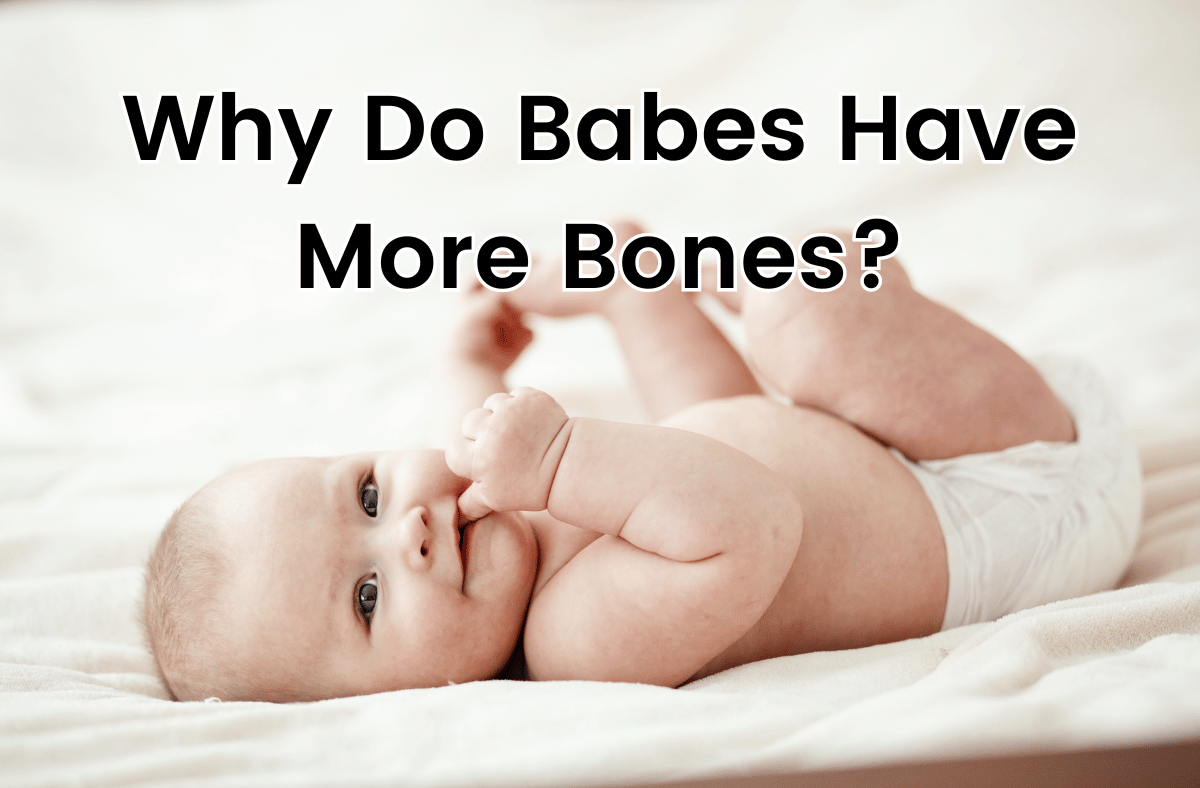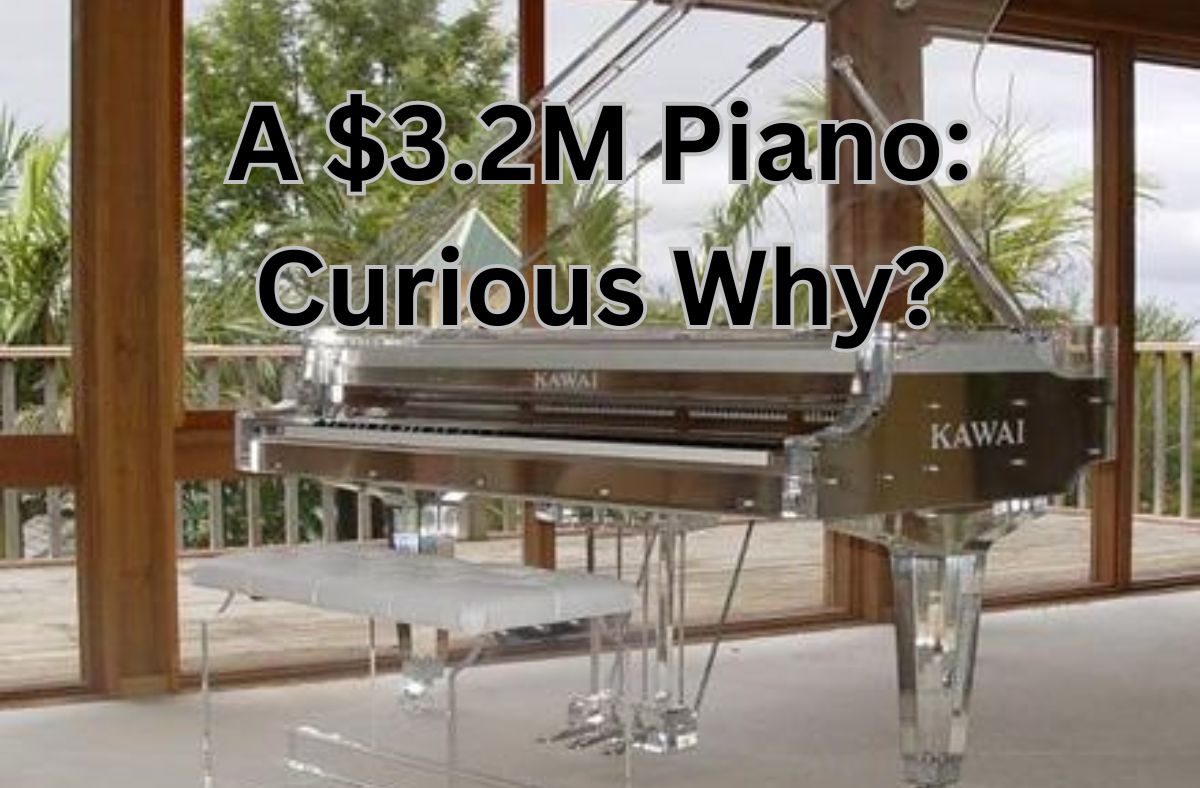For Those in a Hurry
Babes have more bones than adults, totaling about 300 at birth. As they grow, some bones naturally fuse together. This process reduces the count to 206 bones in adults. It’s a crucial part of human development. The fusion helps form the adult skeleton. This transformation is essential for physical capabilities. It includes the fusion of the skull and spine bones. Understanding this process sheds light on the complexities of human growth.
Babes Have More Bones: The Birth Count
At birth, babies have approximately 300 bones. This is significantly more than adults. This higher count is due to the presence of smaller bone structures. As infants, these bones are necessary for flexibility. They aid in birth and early development. The bones are primarily made of softer material like cartilage.
The Process of Bone Fusion in Growth
As children grow, some of their bones begin to fuse. This process is natural and necessary for development. For example, the bones in the skull fuse to protect the brain. Similarly, the spine’s bones fuse to form a strong backbone. This fusion is crucial for physical strength and stability.
Babes Have More Bones: The Role in Movement
The higher number of bones in babies aids their movement. It allows for flexibility and growth. As they age, the reduction in bone count doesn’t hinder movement. Instead, it enhances strength and coordination. The changes in bone structure support complex movements.
The Importance of Nutrition in Bone Development
Proper nutrition is essential for healthy bone development. It ensures that bones grow and fuse correctly. Calcium and vitamin D are particularly important for bone health. A balanced diet helps in the healthy transformation of the skeletal system. It’s vital for the overall growth and wellbeing of children.
In conclusion, the fact that babes have more bones than adults is a fascinating aspect of human development. Starting with about 300 bones at birth, the process of bone fusion reduces this number to 206 in adulthood, reflecting the body’s natural adaptation for physical strength and stability. This transformation is crucial for supporting complex movements and physical capabilities. The role of nutrition in supporting healthy bone development further underscores the importance of a balanced diet in the growth and wellbeing of children. Understanding this process highlights the amazing adaptability and complexity of the human body from infancy through adulthood.






















